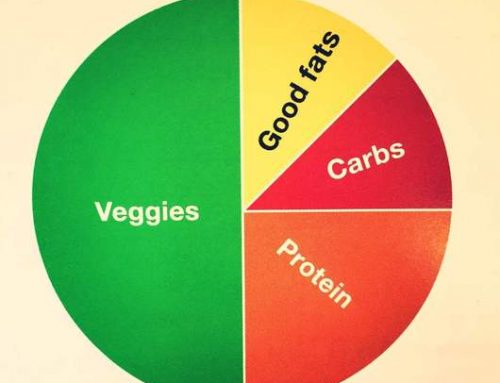You can have an intolerance to lactose, but not have an allergy to dairy. Well what’s the difference?
A food intolerance is when a specific food item, or group of foods make a person feel “not well” after eating a particular food item. It may cause, bloating, fatigue, migraines, IBS or various other symptoms. Fructose, caffeine, and lactose are common food products that many people have an intolerance against but are not allergic to.
A food allergy, by definition, is when a particular food protein causes the body’s immune system to overreact. This reaction may be as harmless as a rash , or to the extreme of anaphylactic shock. Many people with food allergies are prescribed an EpiPen in case of emergency ingestion or exposure. Gluten, eggs, fish, milk and nuts are all classic examples of protein food allergies.
As humans our bodies generally function the same, but no two strands of DNA are alike. Food intolerances and allergies have their own footprints and may actually change from year to year. Trauma, stress, medications, pregnancy, and age may also increase or decrease food allergies. After meeting several people with various allergies and intolerances, I found that everyone has their own theory pertaining to their own personal story.
If you or someone you love has a food allergy, you are not alone. Almost all Americans know at least one person with food allergies. This is no surprise considering the Centers for Disease Control and Prevention (CDC) estimates that 3.9% of children under the age of 18 and 2% of adults have been diagnosed with food allergies (Branum, 2008). The number of undiagnosed food allergies are unknown. However, Health Magazine estimates that one in five people have at least one food allergy not commonly addressed in the food industry. The incidence and prevalence of this condition is on the rise in industrialized nations, although the reasons are poorly understood. According to a study conducted by the National Institute for Allergy and Infectious Diseases food allergies cause 30,000 cases of anaphylaxis, 2,000 hospitalizations, and 150 deaths annually (NIAID, 2003). Therefore, the team at Healthy Inside Out believes that having a food allergy should not be a reason to live in constant worry. More than anything, “we would like to help food allergy suffers enjoy life to the fullest”.
Click here to download “What Do You Eat?” for more information on navigating a life with food allergies & intolerances.






